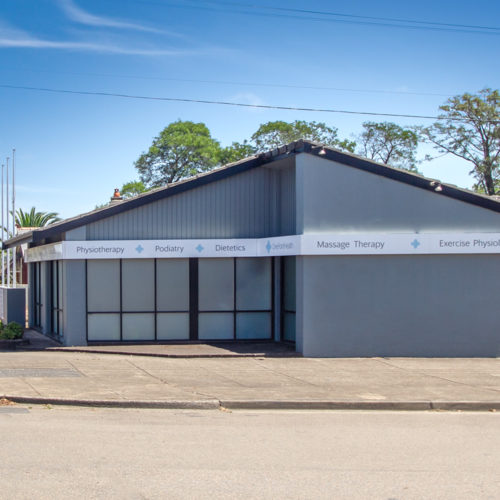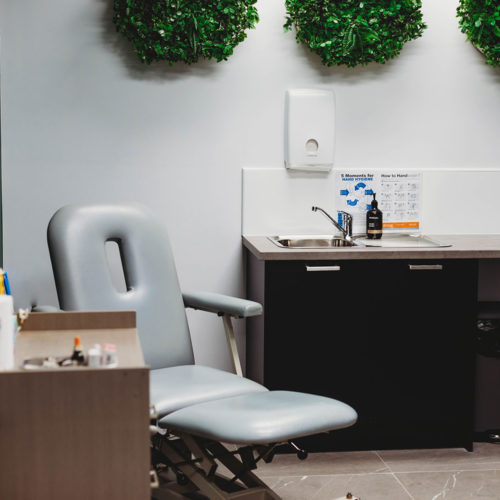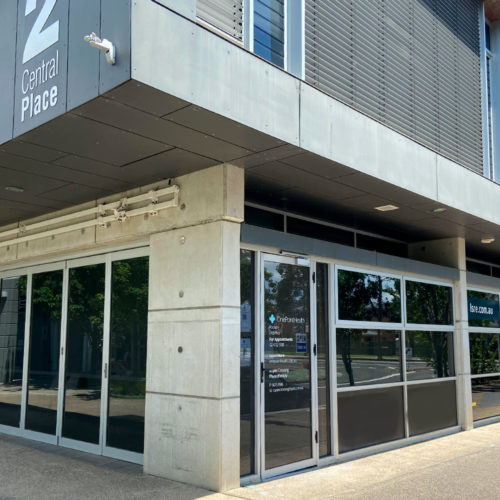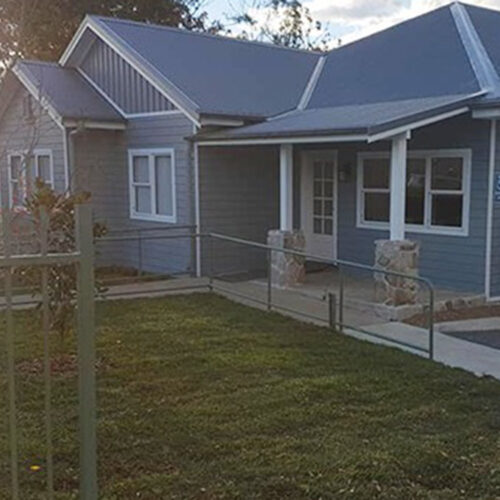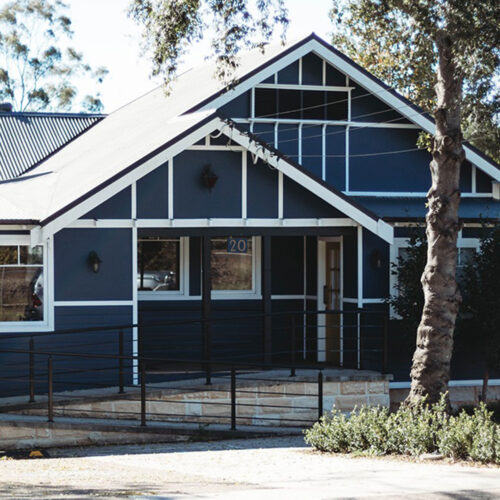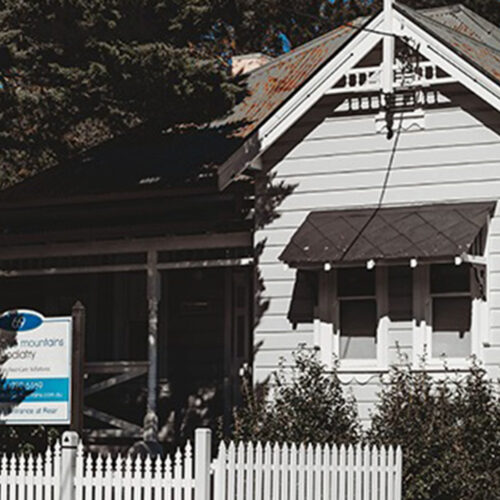Digging Up the Facts on Ingrown Toenails
Ingrown toenails are the most common cause of painful nails. The medical name for ingrown toenails is onychocryptosis and the first signs include swollen skin around the nail, tenderness to touch, and formation of granulation tissue, which can progress to become infected in some cases. They are very common among teenagers and young adults because the nails are thin and sharp and the skin is very soft and fragile.
What’s The Cause?
- Poor cutting technique – cut too short or in the wrong shape
- Ripping your nails- leads to jagged edges
- Poor footwear – tight shoes and ill-fitting toe box.
- Abnormal nail shape or nail fold- Broad nails, curved nails and increased skin bulk
- Odema, obesity and diabetes
- Trauma – kicking your toe or ongoing trauma
- Family history
- Hyperhydrosis – sweaty feet increases the risk of infections and skin is very soft and easily irritated
- Poor foot hygiene
At Home Care
The general rule of thumb is don’t cut your nails down the sides. It is best to cut your toenails regularly keeping the sides high. They can be cut straight across like a square or with a slight curve taking care not to cut too short or down the sides. Filing the toenail is a very safe alternative and helps to get rid of any rough edges.
If pain presents in the sides of your nails- begin wearing open shoes using antiseptics such as betadine, hydrogen peroxide or saline and applying a bandaid to keep the area clean from infection until the pain disappears. If the pain doesn’t subside in a few days or gets worse please see your GP or podiatrist.
How Can a Podiatrist Help?
Podiatrists are trained specialists who see ingrown toenails all day every day. They can assist in proper cutting techniques and have appropriate tools for thickened or abnormal shaped nails.
They can manage ingrown toenails conservatively through trimming the nails and reducing pain by removing the painful nail section, which allows the skin to settle.
A podiatrist may recommend alternative treatments including padding, taping, packing and footwear advice.
For ongoing or recurrent onychocryptosis with constant infections, podiatrists can perform minor nail surgeries as a more permanent fix. The most common procedure is called a Partial Nail Avulsion (PNA) to remove the sides of the painful nail and cauterize the matrix (root of the nail). Consult you podiatrist to discuss further information and advice on managing your nails.
There are many contributing factors that cause ingrown toenails but please don’t dig out your ingrown nails. Instead, try to keep the sides high and your feet clean. It is important to seek medical advice for painful nails that don’t settle with conservative care within a few days. If there is excessive inflammation and infection it is important to get antibiotics most commonly from your GP.

